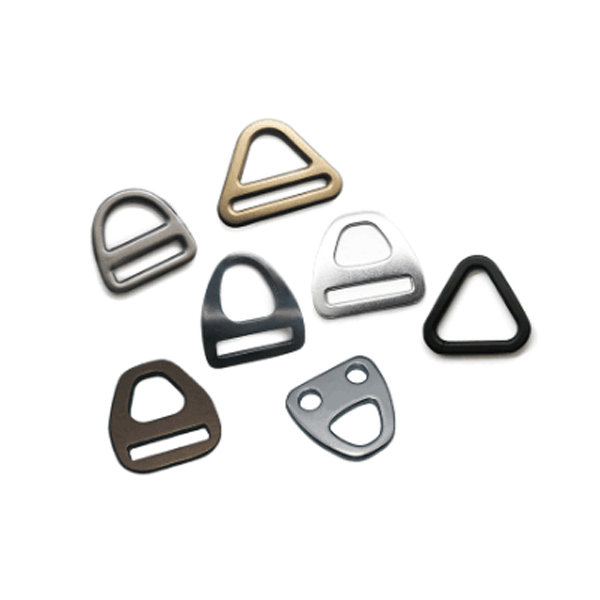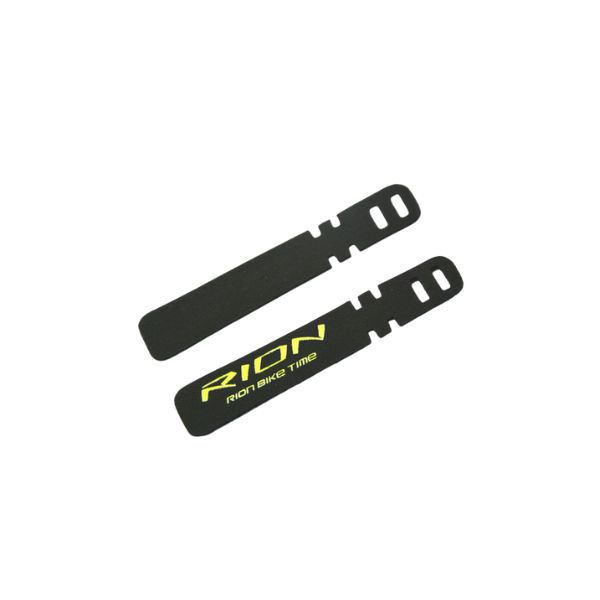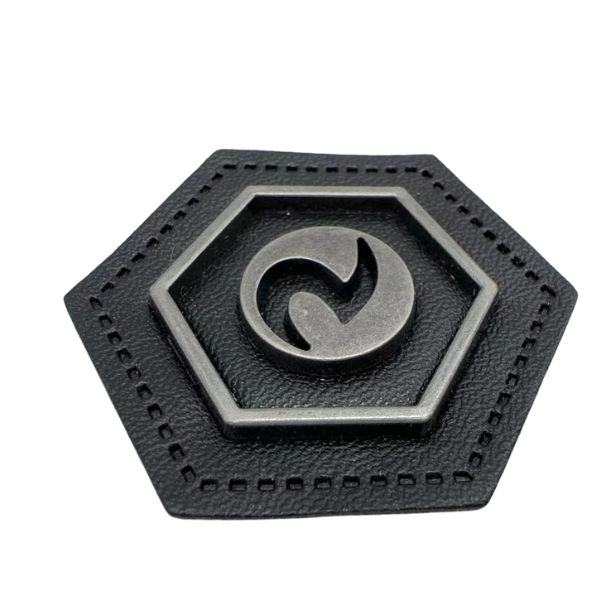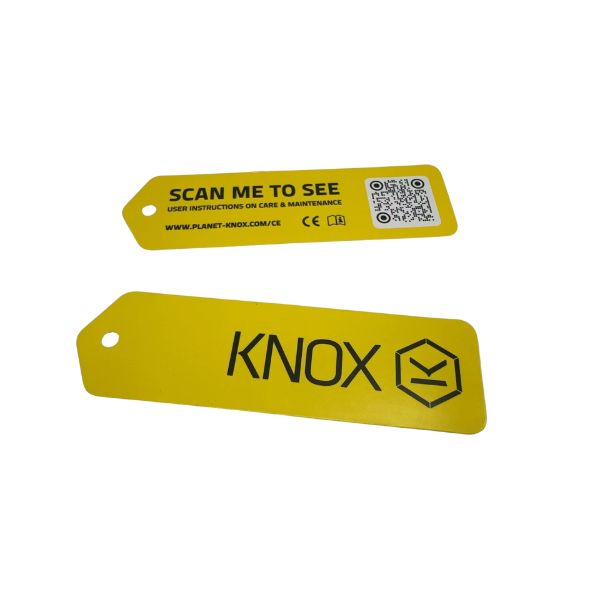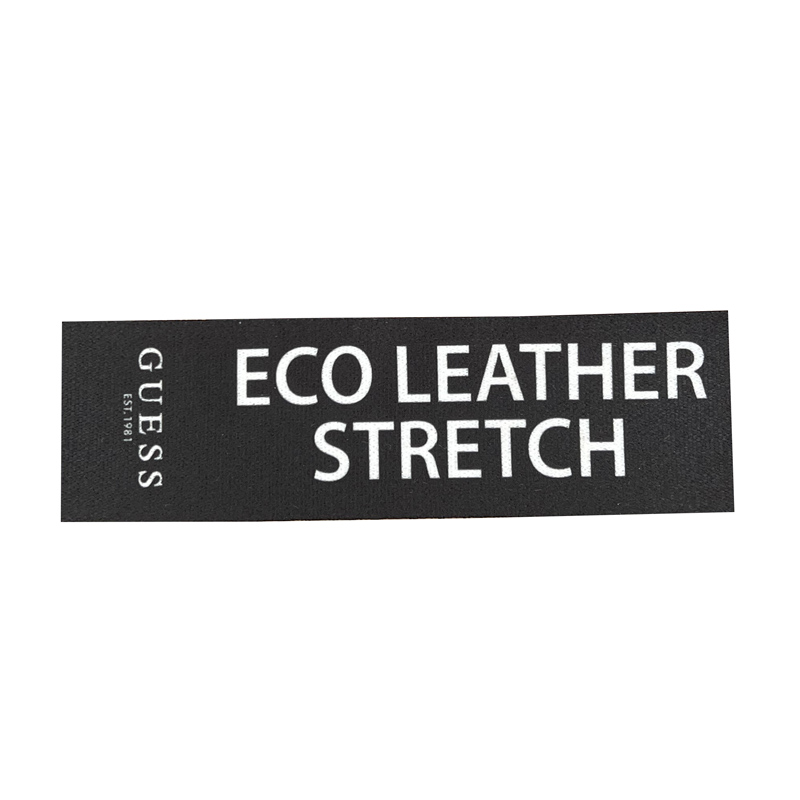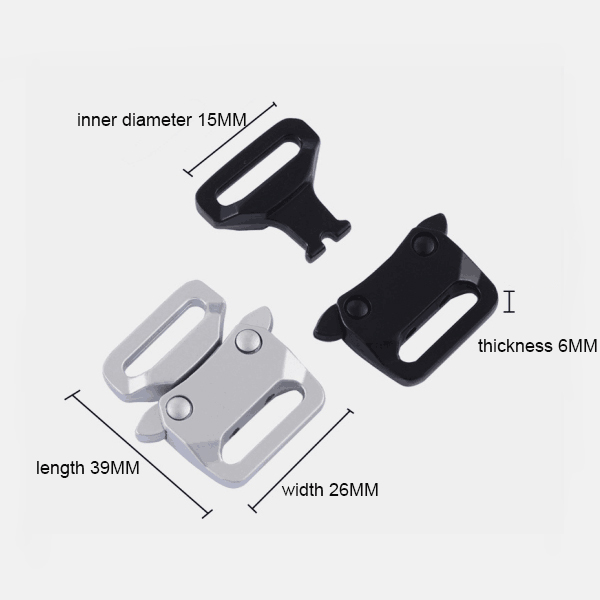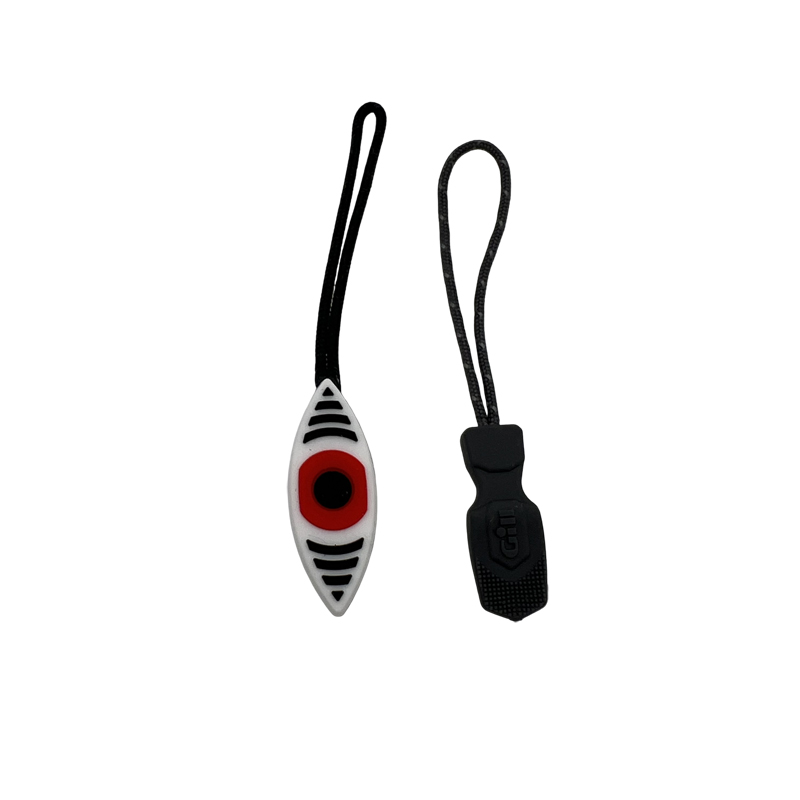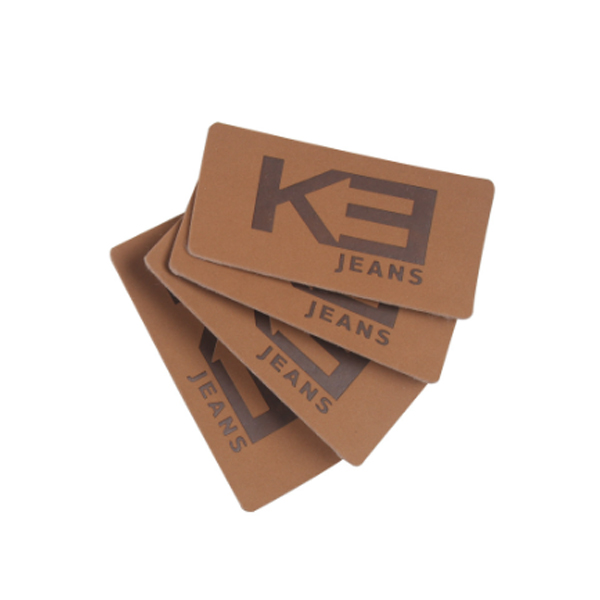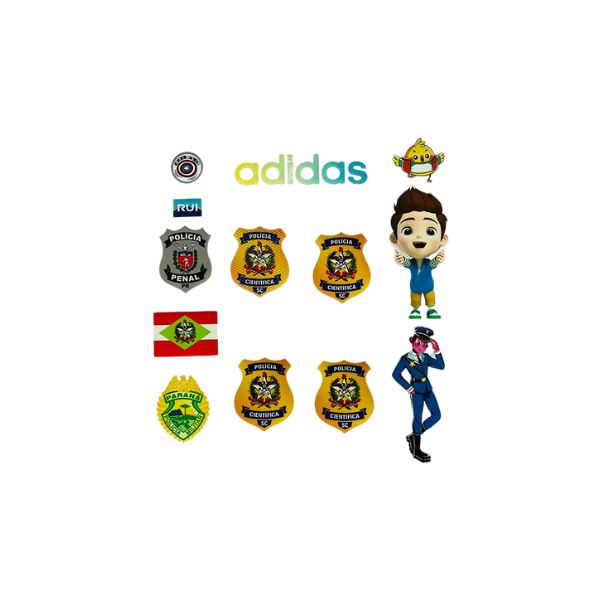Some people feel that this piece of label and jeans with together not only does not go against, but also play a certain embellishment decorative role, some people complain that this piece of stuff is more redundant, the material is hard, easy to pinch the waist, and sometimes will be dyed with other colors, and even more people manually cut it off. What is the purpose of this leather trim on the waist of jeans? Why keep this design?
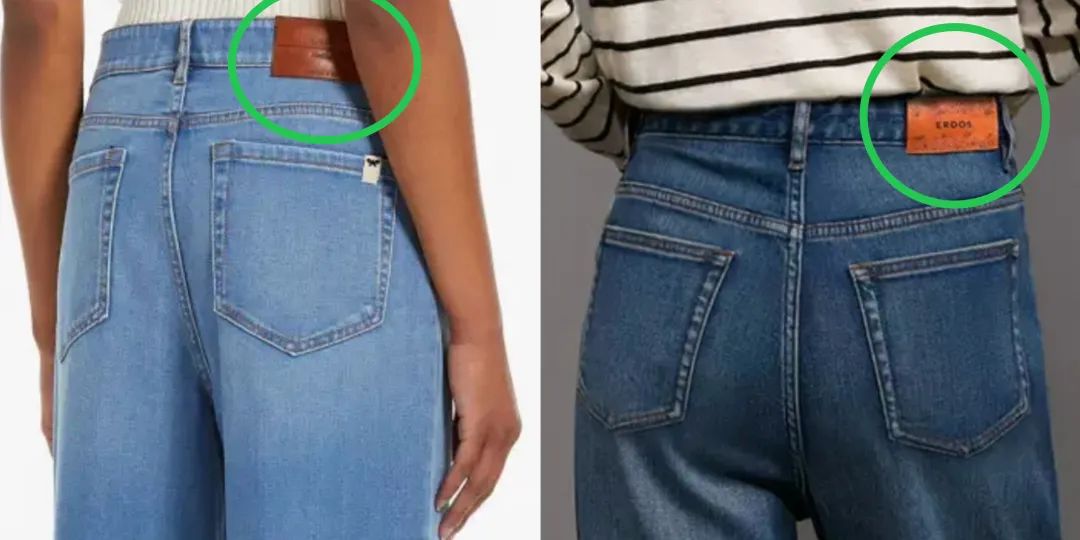
1.A small label, a small use
The leather trim on a pair of jeans is an important identifier of the jeans, usually located at the back waist, and was originally made from thick cowhide leather.
In English, this leather patch was called a leather patch, which gradually gave rise to the names leather label and leather badge. Later, people more often called it “leather label” or “leather badge”.
Leather label was first invented by the Levi's brand production. 1886, Levi's in the back waist of its jeans to increase a “leather label” to mark the model of the pants, and “leather label” is also printed on an advertising pattern: two horses were in the two men's whip Two horses, driven by two men with whips, tear a pair of jeans in opposite directions, with the words “You can't tear it, you can't tear it” written underneath the design.
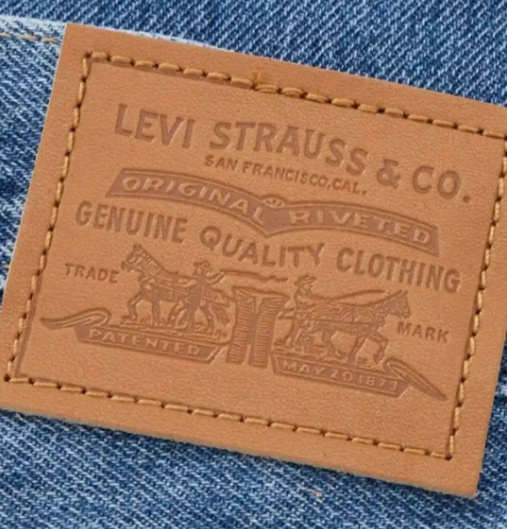
You can see that this pattern was designed with ulterior motifs, aiming to prove that the jeans are sturdy and will not break no matter how much they are tugged and pulled. At the time, in addition to proving the quality of the jeans, this piece of leather label can also assist in hanging things, effectively preventing wear and tear on the pants themselves.
Early jeans were mainly worn by gold miners, who needed to hang all kinds of tools around their waist, this piece of leather labeling can make the pulling and inserting of tools more convenient, while also reducing the probability of tools scratching pants and belts. Later, with the jeans gradually popular, wearing group more and more extensive, this piece of leather label became the authentic and imitation distinction mark.
Levi's jeans once launched, the market appeared a lot of small workshops imitation Levi's jeans, and the quality is very poor, in order to differentiate from the counterfeit jeans, Levi's jeans waist small leather markers have become the anti-counterfeiting mark. Genuine leather is expensive, and the pattern on the leather requires a certain technology to print, so counterfeiters have had difficulty in replicating the leather label 100% for a long time.
So, from the end of the 19th century to the present, the jeans leather patch also has a history of nearly 140 years. So how did it survive?
There is a theory that the cowhide texture is solid and firm, and jeans expressed the positive optimism, hard work and courage and indomitable cowboy spirit is very similar, so cowhide leather label has been passed down. Developed to today, cowboy leather label is also given a new function and meaning. First of all, from the appearance point of view, the leather label is the jeans of the “facade bearer”.
Generally speaking, most brands will put their brand name or logo pattern printed on it, which is also a way of advertising, people can identify the product through the pattern on the leather label, just look at an eyelid label can distinguish from which brand. Some are more specific, but also marked the size, style model and other specific information.

Of course, the function of the leather label to identify the authenticity of jeans also persists.
The leather labeling of jeans of famous brands are all finely crafted, while the requirement of details and its strict. The texture of the label, the stitching, the delicacy of the pattern and so on are usually considered to be one of the elements to identify the quality of jeans.
In addition to “promoting the product”, the leather tag also plays a practical role. The most direct is that this piece of leather label can fix the belt. Some leather patch is only the upper and lower parts and pants tightly stitched, the left and right sides are open, so when wearing pants belt can be from the middle of the leather label through, so you can better fix the belt position, but also do not have to worry about the brand logo is blocked.
In addition, it is said that this piece of leather label/patch also has a “hidden function”: hidden blades and other things, in critical moments can be self-help. A classic scene in American cowboy movies is that when a cowboy's hands are tied behind his back, he often uses the blade hidden in the leather patch to save himself. Of course, this operation is not difficult to think of, if the operation is not careful, may also hurt themselves, we still use it to wear a belt on it.
2.The ever-changing leather label
Although the name “leather label”, but the material of jeans leather label does not necessarily be leather, some leather label material is even quite “alternative”.
In 1936, the U.S. cowboy brand Lee created a kind of horsehair leather label, the surface of the leather plate using horsehair, brand name printed directly on it. And then there are brands also follow the example of making such a leather label, the main a retro style.
In addition to horsehair leather label, there is a new and innovative “metal label”. In the 1990s, metal made signs were popular for a while, many brands of jeans like to use metal signs. This type of label not only hardness, bright color, uneven surface pattern is also very delicate.
With the development of time, only individual jeans brands still continue to produce and use horsehair leather labeling, metal texture labeling jeans is rare, with metal labeling jeans have become a niche collection of vintage enthusiasts.
Now the common label material is mainly cowhide, paper and cloth. Cowhide itself has a strong, wear-resistant properties, deep color and not easy to fade, can be said to be the production of the sign of choice. Later, some brands started to develop paper labels from the perspective of environmental protection.
Levi's adjusted its production strategy as early as 1954, discontinuing the production of leather tags and switching to paper tags.In November 2018, Swedish brand Nudie Jeans also announced that all newly produced jeans will use paper tags in the future, but this is not ordinary paper, but a material called “Jaquelon”.
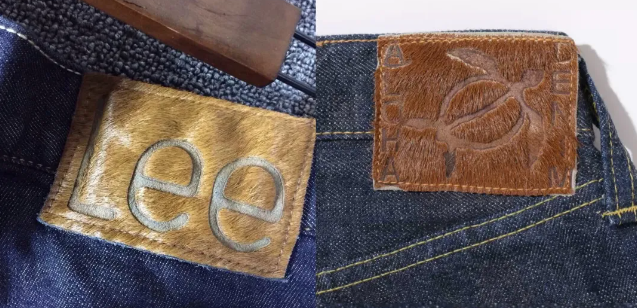
In addition to leather and paper tags, fabric tags are lightweight, soft and fit jeans better, so some brands have included fabric in their list of materials for tags.

Overall, the fact that the leather label has been accepted and used by most jeans brands is also closely related to a deeper influence: the leather label, which has become a classic symbol of jeans. The leather label is one of the characteristic elements of jeans, and when this characteristic element becomes a symbol, it is given a new meaning by human beings, changing people's perception of it in a subtle way!


